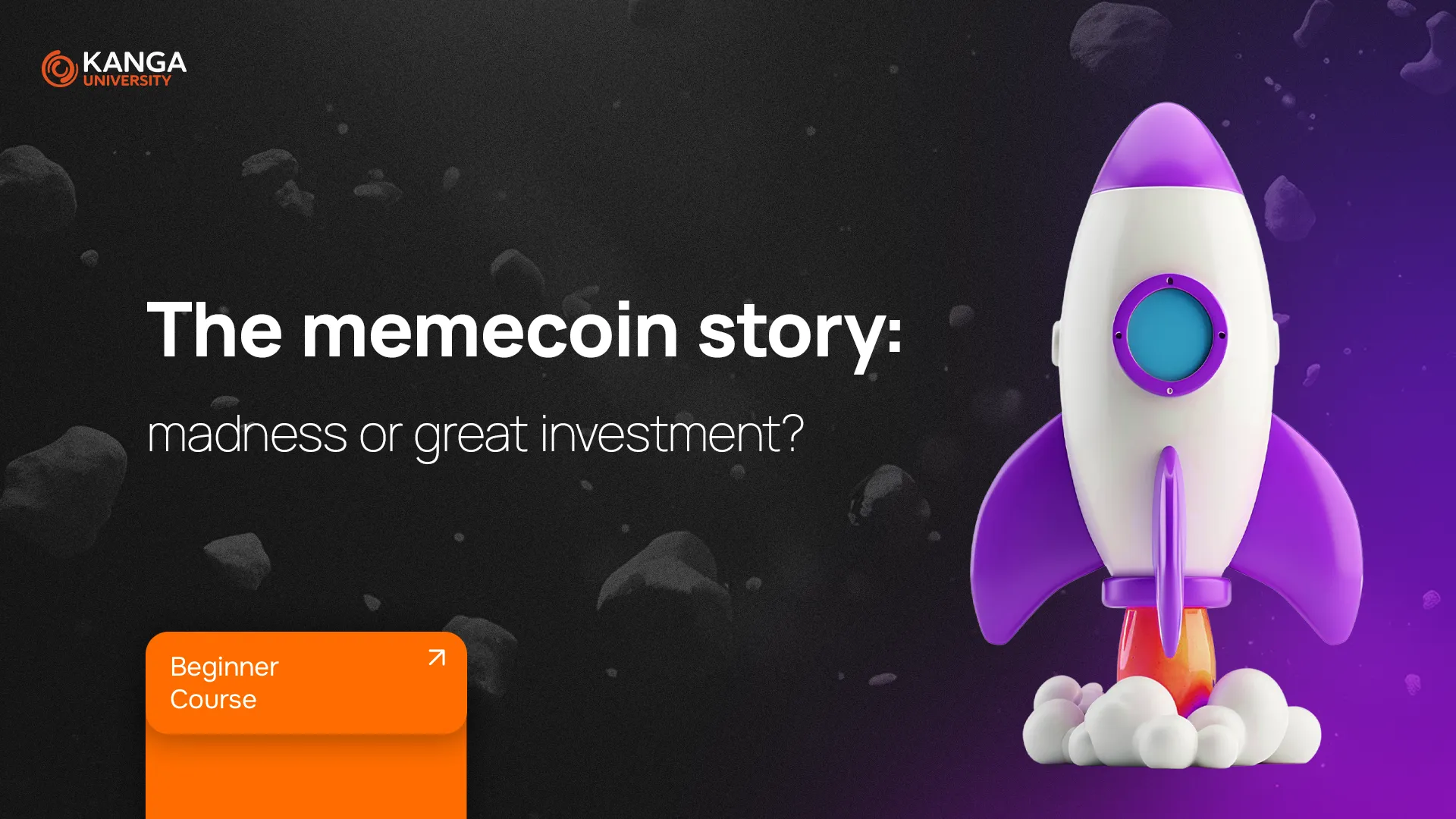
The world of cryptocurrencies is full of surprises, and memecoins— inspired by popular memes and internet jokes—are a perfect example of how humor and finance can intersect. What started as a joke has turned into a global phenomenon, attracting both investors and speculators.
What are memecoins?
Memecoins are cryptocurrencies born from internet jokes, catch-phrases or viral characters. Unlike “serious” projects such as Bitcoin (digital cash) or Ethereum (smart contracts), most memecoins carry no pressing technological mission. Their value lives and dies with the power of online culture: humour, virality and community hype. Paradoxically, that light-hearted façade turns them into a gateway drug for newcomers who would never read a white-paper but will gladly buy a coin with a funny dog, cat or frog on it.
How do memecoins work?
Technically, a memecoin is just another token on a blockchain:
-
you store it in a wallet,
-
you can send or receive it like any other coin,
-
you trade it on centralised (CEX) or decentralised (DEX) exchanges.
The difference shows up in tokenomics. Many memecoins have huge (or infinite) supply and minimal controls on emission. Bitcoin, by contrast, hard-caps at 21 million. Dogecoin, the original meme token, keeps minting billions of DOGE every year. Price therefore hinges almost entirely on demand and community sentiment, not engineered scarcity.
Timeline – key milestones in the meme saga
| Year | Milestone |
|---|---|
| 2013 | Dogecoin launches – a joke that becomes a real open-source project. |
| 2020 | TikTok Dogecoin Challenge – price jumps 10× in two weeks. |
| 2021 | Elon Musk tweets “Doge barking at the moon”; DOGE briefly tops US $80 bn market-cap. |
| 2023 | “Memecoin Summer” on Solana – airdrops such as Bonk ignite new frenzy. |
| 2024 | PEPE debuts – roughly 1000× in 21 days, then an 80 % pull-back. |
| 2025 | First Dogecoin-ETF discussions; political tokens (TRUMP) and AI-themed memes flood the market. |
Take-away: every bull run crowns a “mascot coin,” but very few projects survive more than one cycle.
Can memecoins be a good investment?
They can make fortunes overnight—and erase them just as fast. Before you hit Buy, run this quick risk checklist (answer yes / no):
-
Team – Are the founders public and battle-tested?
-
Audit – Has a reputable firm reviewed the smart contract?
-
Liquidity – Is pool liquidity locked or widely distributed?
-
Tokenomics – Do dev wallets or insiders control an outsized share?
-
Community health – Do you see real content, tools and road-maps, or just spam memes?
A single “don’t know” is a sign to dig deeper—or size your exposure way down.
Success & failure stories
✅ PEPE (2024)
-
Return: ≈ 1000 × in three weeks.
-
Why it worked: perfect timing during a narrative lull; fair launch; instant liquidity on DEX; a meme (Pepe the Frog) with a decade of cultural momentum.
❌ Squid Game Token (2021)
-
Peak price: US $2 861, then down to zero in under a minute.
-
What went wrong: anonymous devs embedded a sell-block in the contract, drained liquidity and vanished—classic rug pull riding Netflix hype.
Lesson: a powerful meme and good timing can mint millionaires, but without transparency and fair tokenomics the same formula explodes in your face.
Community – the real engine
A memecoin’s lifespan is tied to its community stamina. Five quick “health checks”:
-
Live AMAs – Devs host regular Twitter/X Spaces or Discord calls.
-
GitHub activity – Commits or at least open-source contract code.
-
TVL / staking – Locked value is climbing or steady, not draining.
-
Liquidity locks – LP tokens are time-locked; no sudden rug exits.
-
Fresh memes – Users create new content instead of retweeting stale graphics.
Summary
-
Memecoins began as jokes but some now sit alongside heavyweight crypto assets.
-
Value is hyper-speculative, pumped by memes, influencers and viral stories more than hard tech.
-
Risk is enormous — rug pulls, zero fundamental floor, violent swings.
-
Community momentum decides fate — when the hype dies, price usually follows.
-
DYOR remains rule #1 — only risk capital you can lose, and audit projects with a cold, rational eye—no matter how hilarious the meme.